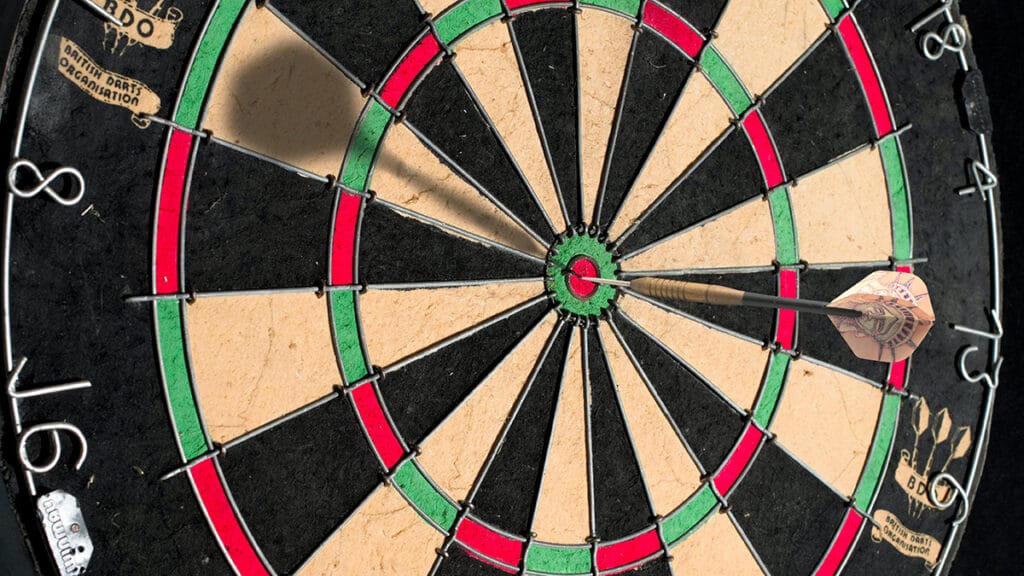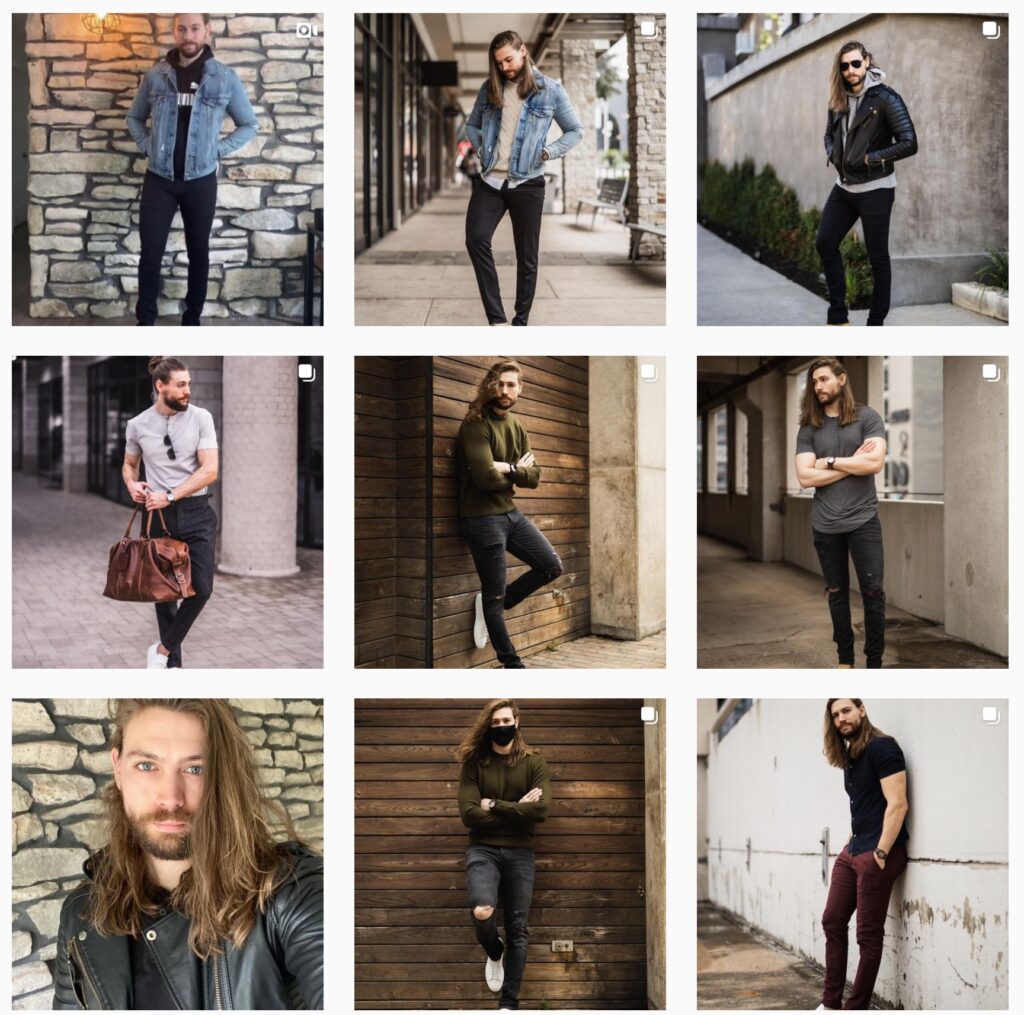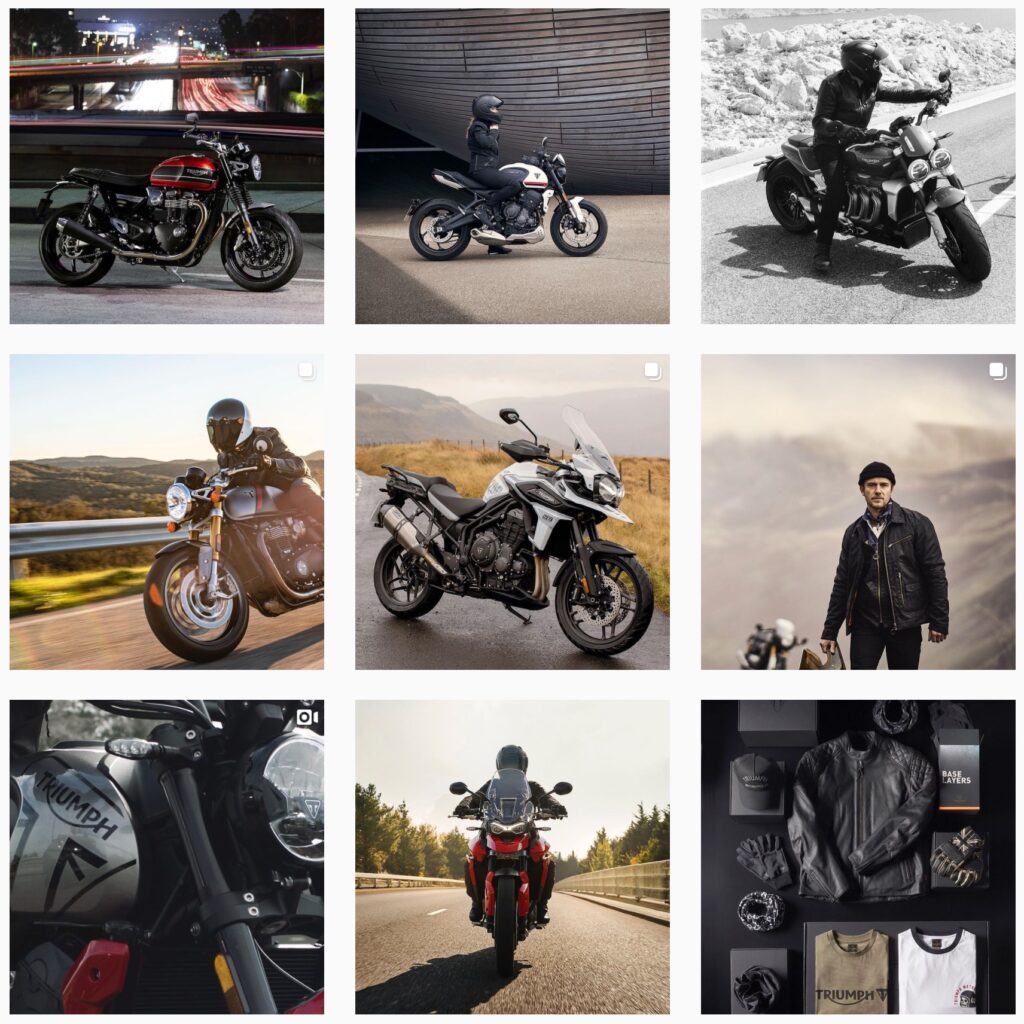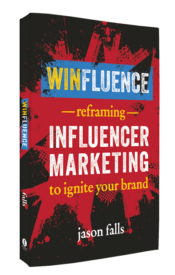If your company sells beauty products, you probably have a nice list of beauty influencers you work with. If you sell a food or beverage product, your influencer list is probably full of people who write or post about food and beverage. If you sell sneakers, your influencers are shoe enthusiasts and so-on.
Can you see what’s missing?Jay Baer is an influencer in the world of marketing and social media. He has half a dozen best-selling books, speaks at conferences around the world, has hundreds of thousands of followers on various social media platforms and is oft-quoted in mainstream media bout all things marketing and digital. As such, his list of podcast sponsors and sponsored content clients is a Who’s Who of marketing software companies. For them, he is an ideal influencer.
But he is an ideal influencer for tequila, too. Why? Because Jay Baer is a tequila aficionado. His bio almost always includes that fact. He’s even taken vacations to visit tequila distilleries and posted about them on his social channels.

Steffy Degreff has almost 400,000 fans on Instagram. She’s influential in the fashion and home decor space. But shouldn’t she also be on the list of beauty and hair care companies? Perhaps parenting products? And while home decor certainly led to her scoring a kitchen overhaul from Italian appliances brand SMEG recently, there’s a noticeable void of food products in her feed.
If you want to learn how to make something, there’s a great YouTube channel called—appropriately—Make Something hosted by DIY influencer Dave Picciutto. Yes, he makes sense for companies that sell tools, hardware and even workshop accessories. But if I’m a liquor brand (custom bar or cabinet), an electronics company (custom entertainment center or creative shelving) or even clothing brand (closet organization implements), he’s on my list, too.
Doesn’t Context Matter?
Certainly, the most logical influencer for a brand in industry X is an influencer in industry X. But if alcohol, wine and spirits companies only talked to cocktail bloggers, their effectiveness would be a fraction of what it is. The same holds true for other brands and other verticals.
There are logical adjacent verticals. Beauty and fashion tend to cross-pollinate. As do fashion and home decor; sports and fitness. Heck, food and beverage are their own category, yet are individually separate topics with many influencers.
Most brands have the adjacent verticals covered. But in influence marketing, you often see brands missing out on opportunities to reach non-adjacent spheres of influence. Keep in mind, I’m not arguing that a brand should go after just any non-adjacent topic influencer. Context does matter. As does brand alignment.
Take finance industry influencer Brett King. He’s a well-known author and keynote speaker with a nice online following and several “top influencer in finance” indicators to his name. His audience is success-driven investors and financial industry professionals. Adidas providing him with a felt track suit to wear on stage is not good brand alignment. The Tom James Company outfitting him with custom suits is.
What Purpose Does Your Influence Marketing Serve?
The use of adjacent and non-adjacent influence partners depends upon your resources (focus on the more highly contextual targets first) and your purpose. Are you leveraging influence marketing for customer retention or acquisition? Retention strategies often manifest themselves with a focus on your industry and immediate adjacents. You want to be seen by the people who frequently look in your general direction.
Customer acquisition is more appropriately focused on influence partners that put you in front of people who aren’t familiar with you. Yes, it’s more effective to target ones that are at least turning their head in your general direction (i.e. cooking audiences looking for recipes if you’re a spirits brand). But if an avenue of relevance exists in a vertical you may not seem to belong in, you may stumble across something powerful.
What to Look For in Non-Adjacent Verticals
Finding the right influence partners in non-adjacent verticals is more art than science. But it doesn’t have to be difficult. Think of the audience you’re trying to reach. Would they, or a portion of them, like this influencer’s content?
Do the products that influence partners typically mentions or partners with, align with your brand from an audience perspective? Would it make sense for them to target your customers? Think of the socio-economic and pricing factors. Are you a premium brand that targets luxury consumers? An influencer that often partners with Wal-Mart may not be right for you. But one that just did a brand partnership with BWM or Dolce & Gabbana may.
Another way to judge is what I think of as the Art Direction Test. Look at the influencer’s Instagram feed. Does it feel like your creative team may have art directed it? Then it’s probably a fit. Want an example? Travis White is a men’s fashion creator and influencer with over 135,000 Instagram followers. He posts almost exclusively about clothing, posing in various outfits and environments. Look at his feed:

If I’m the brand manager at Triumph Motorcycles, I might look and say, “Looks like our team could art direct his feed.” Here’s the brand’s Instagram:

Don’t they just feel similar?
It isn’t a perfect test, but it can at least give you a general sense of whether or not there could be a fit.
Your Next Steps
Before you go back to your default list of appropriate influencer partners, think of 3-4 adjacent verticals. Search Instagram for a hashtag that is popular in that industry. Scroll through and find some posts that appear to fit with your aesthetic. Look at the full account for the person that posts the images you like.
You may just find a good content partner, or even one with a nice following, you can add to your list.
Did You Know?
If you enjoyed this insight and advice, you can get more of it in my monthly newsletter, Influence. This story was the January story, so you could have had a one-month head start on folks who read the website articles. All you need to do is join the list!
And for a limited time, new email subscribers get a FREE CHAPTER of my new book, Winfluence – Reframing Influencer Marketing to Ignite Your Brand! Sign up here.

Order Winfluence now!
Winfluence – Reframing Influencer Marketing to Ignite Your Brand is now available! Get your copy by ordering on Amazon, Barnes & Noble or direct from Entrepreneur Press! Learn why we’ve been backed into a corner to think influencer marketing means Instagram and YouTube and how reframing it to be “influence” marketing makes us smarter marketers.

